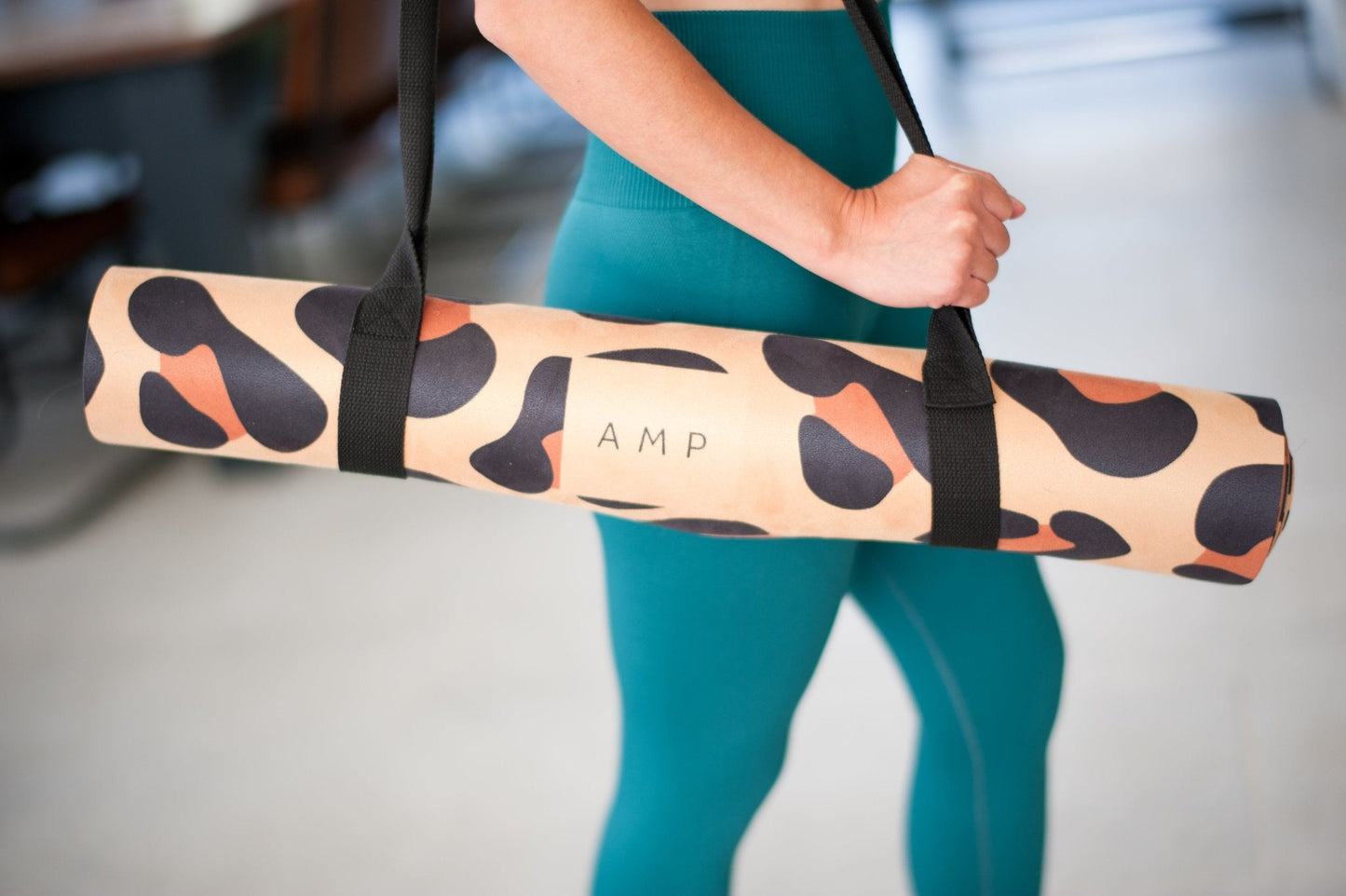In today's busy world, everyone needs a moment of calm and a chance to reset. Yoga offers that space for relaxation and restoration. At Amp Wellbeing, we emphasize the importance of making yoga a regular part of your routine to maintain both physical and mental balance. Whether you're a beginner or experienced, slowing down through yoga can provide as much benefit as an intense workout, helping your body and mind to rest and rejuvenate. Try these relaxing moves from Jen McGregor Yoga to get started.
Why Add Yoga to Your Routine?
Yoga offers a gentle way to stretch, strengthen, and connect with your breath. Regular practice helps reduce stress, improve flexibility, and bring balance to your body and mind. Adding yoga to your weekly routine acts like a reset, helping you handle life with more ease.
A Restorative Yoga Routine for Balance
Below is a restorative yoga routine from Jen McGregor Yoga, designed to help you unwind and recharge. It’s perfect for evenings or anytime you need to reset, allowing you to slow down and experience the peaceful side of yoga. Jen suggests using a Yoga Wheel for extra support during your stretches.
1. Child’s Pose (Balasana)
How to do it: Kneel on your mat, bring your big toes together, and sit back on your heels. Extend your arms forward and rest your forehead on the mat.
Why we love it: This pose calms the body and eases tension in your back, hips, and shoulders.
Tip: Use a Yoga Block under your chest or forehead for support.
2. Cat-Cow Stretch (Chakravakasana)
How to do it: Start on all fours, alternating between arching your back (Cow) and rounding your spine (Cat) as you breathe.
Why we love it: This movement releases tension along the spine and improves flexibility in the back and neck.
3. Assisted Fish Pose (Matsyasana) Using a Yoga Wheel
How to do it: Start seated with your legs extended. Place the Yoga Wheel behind your back and slowly lean onto it, letting it support your spine.
Why we love it: The yoga wheel supports a backbend, helping open your chest, shoulders, and throat for deep relaxation.
Tip: For deeper relaxation, light candles and practice this pose in the evening.
@jen.mcgregor.yoga
4. Butterfly Legs with Yoga Wheel
How to do it: From Assisted Fish Pose, bring the soles of your feet together in a butterfly shape while the Yoga Wheel supports your spine. Rest your arms at your sides.
Why we love it: This pose stretches your inner thighs and hips while maintaining support for your spine and chest. It's perfect for unwinding.
5. Legs Up the Wall (Viparita Karani) or using the Yoga Wheel
How to do it: Lie down and scoot your hips to a wall. Extend your legs vertically up the wall. Alternatively, use the Yoga Wheel for support as you raise your legs.
Why we love it: This pose promotes circulation and relaxation, calming the nervous system and reducing leg tension.
Finding Balance
Incorporating restorative yoga into your weekly routine helps bring balance to your life. Whether you're practicing in the morning or unwinding in the evening with the support of a yoga wheel, these moments of stillness reconnect you with yourself. Roll out your mat, relax into the calming energy of yoga, and let your breath guide you into deep relaxation. Enjoy the gentle, velvet soft textures of our vegan suede mats to practice on.
Find out more about Jen McGregor Yoga here or follow Jen on Instagram @jen.mcgregor.yoga for more yoga tips, inspiration and challenges!
We'd love to know how you get on and how you feel after practicing these moves.




































